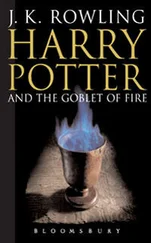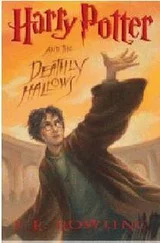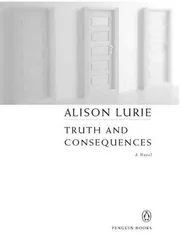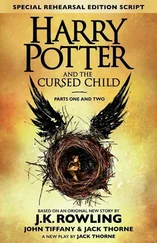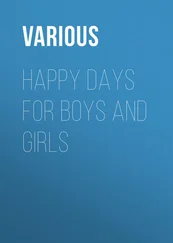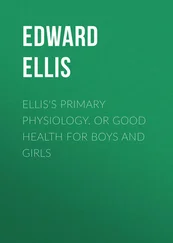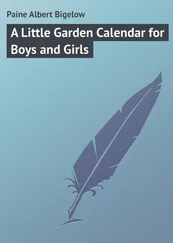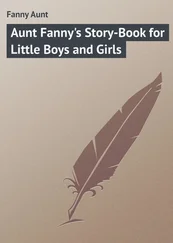Several more recent and popular series of picture books also have animal heroes that live in a human environment. Bears are a favorite: those in Elsie Homelund Minark’s Little Bear Series and The Berenstain Bears by Stan and Jan Berenstain are human in all but appearance. They wear clothes and are clearly neighbors of Dick and Jane; they live in the same sort of middle-class suburb and have the same mild adventures: birthday parties, family vacations, the new sibling or pet, the first lost tooth, and so on. Children like these books, librarians tell me, because nothing much happens in them; they are easy to identify with and reassuring.
Even when the characters in a children’s book begin as human, they sometimes turn into animals. For a parent, this may not seem totally unexpected: many parents today sometimes have the feeling that their children are turning into beasts—chattering chimpanzees, maybe, or slovenly, lazy, greedy brown bears. It actually happens in the inventive and wildly popular Animorphs series by Katherine A. Applegate. “All the kids are asking for those books; we can’t keep them on the shelves,” say the clerks in one local store. Some adults, on the other hand, don’t care for the Animorphs: my niece Clarissa, who is a children’s librarian, says her system won’t purchase them.
The Animorphs books follow the preferred series pattern. Their heroes are four junior-high-school students, two male and two female, who are also culturally and socially diverse. Two of them are white, but there is a sensitive, nature-loving black girl who lives on a farm and a wisecracking Hispanic American boy from the wrong side of the tracks. All the kids can become animals, and they can communicate telepathically when transformed. But if they don’t change back in two hours, they are stuck in that morph forever, like their friend Tobias, who in volume 1 spends too much time as a red-tailed hawk.
Though Tobias misses being human, he is of great help to the others in their struggle against evil aliens called the Yeerks. The Yeerks, who look like the small gray slugs that eat my tomatoes, wish to conquer Earth. Their method is to crawl into the ears of other beings and take over their minds. There is no outward sign that the person is possessed by a slug, except for an occasional cold emotional falseness. Readers who remember their own adolescence will not be too surprised to learn that several people in the kids’ world, including the assistant principal at school, are really Yeerks. So is Jake’s brother Tom, who always does the right thing and never gets into trouble. “The Yeerks . . . had already infiltrated human society, . . . cops and teachers and soldiers and mayors and TV newspeople. They were everywhere. They could be anyone.” 2One appeal of these books, obviously, is that they give substance to the sense we have all had at some time—perhaps most often in early adolescence—that some people, especially authority figures, are phony. The things they do and say seem false and artificial; very possibly they are under the control of evil alien forces.
Another great attraction of the Animorphs books is that they provide thrilling, scientifically convincing descriptions of what it might be like to be an animal. (The idea is not new: several famous earlier instances occur in T. H. White’s The Sword in the Stone , where the wizard Merlin turns the future King Arthur into a variety of beasts, including a hawk, a fish, a hedgehog, and a snake.) The four friends have a wonderful time in their morphs; they are happiest as birds, but almost any change is fun. Since they are independent American kids, however, the one “morph” that freaks them out is the change into ants, which turn out to have no individuality but are only cells of a colony. As one of the heroes puts it, that experience was “gross beyond belief.” 3
Almost every species of animal has replaced humans in one children’s book or another, though the more unusual species tend to be somewhat altered and anthropomorphized in the illustrations as well as the text. Marc Brown’s Arthur began, in Arthur’s Nose (1976), as a fairly strange-looking character. He was identified as an aardvark; he was coffee-colored and had a self-image problem: he hated his long nose. But over time Arthur has gradually undergone what my niece the librarian calls “a Michael Jackson makeover.” He is now pale orange and has no visible nose, and the word aardvark is no longer used. Moreover, he has gone on television: at one point he had his own series on PBS.
Of course Arthur is not the only children’s book hero to move into media and merchandising. What are called “tie-ins” are now the rule for popular series. Readers of Goosebumps , for instance, are solicited to log onto its Web site, join its fan club, and purchase T-shirts, backpacks, lunch boxes, videos, and glow-in-the-dark pens. Animorphs too has a Web site, and its fan club and T-shirts cannot be far behind. Maybe our children are not turning into beasts after all; instead they’re turning into relentless consumers—which may be just as frightening.
This book would not have existed without the help and encouragement of many people. I am especially indebted to Barbara Epstein, the brilliant coeditor of the New York Review of Books , where most of these essays originally appeared in an earlier version, and to my kind and gifted agent, Melanie Jackson. Thanks too to Angelica Carpenter and the other members of the International Wizard of Oz Club who shared their centennial meeting and their expertise with me.
I should also like to thank the students in my Cornell classes on folklore and children’s literature for their intelligent and perceptive comments on many of the books discussed here.
My niece Clarissa Cooke, who is a children’s librarian in Manhattan, and the staffs of my favorite bookstores in Ithaca, New York (The Bookery), and Key West, Florida (Lauriat’s), provided invaluable information on current reading tastes. My grandchildren, Alex, Susanna, and Wells Bishop, to whom this book is dedicated, gave me firsthand experience of what children really want to read or hear read aloud.
Finally, I am most grateful to my husband, Edward Hower, who suggested that I collect these essays into a book and made many fine suggestions for their improvement.
THE UNDERDUCKLING: HANS CHRISTIAN ANDERSEN
IN “The Ugly Duckling—which generations of readers have recognized as an allegory of Hans Christian Andersen’s own life—the unattractive, awkward, lowborn hero becomes a swan without any effort on his part. That ending, more than anything else in the story, makes it a fantasy. Andersen began life as one of the most gawky and disadvantaged ducks that ever waddled out of a mud pond. But he transformed himself into a swan only partially, and by long and exhausting effort.
From his earliest years as the son of a dreamy, improvident cobbler and a half-illiterate washerwoman in a small Danish town, he was what would now be called a freak. He was tall and thin and clumsy; he seldom played with other children, and his greatest delight, he wrote later, “was in making clothes for my dolls.” 1
Andersen’s odd appearance was not just a childhood affliction. When he was in his sixties, a traveling companion described him as
. . . strange and bizarre in his movements and carriage. His arms and legs were long and thin and out of all proportion, his hands were broad and flat, and his feet of . . . gigantic dismensions. . . . His nose [was] so disproportionately large that it seemed to dominate his whole face. 2
Andersen was aware that he looked peculiar; as his most recent biographer, Jackie Wullschlager, tells us, he described himself in a letter to Charles Dickens as “one who seemed to have fallen from the skies.” 3He was suggesting that he was a kind of otherworldly phenomenon, part child, part fool, and part natural philosopher—what at the time was called a “mooncalf.”
Читать дальше

